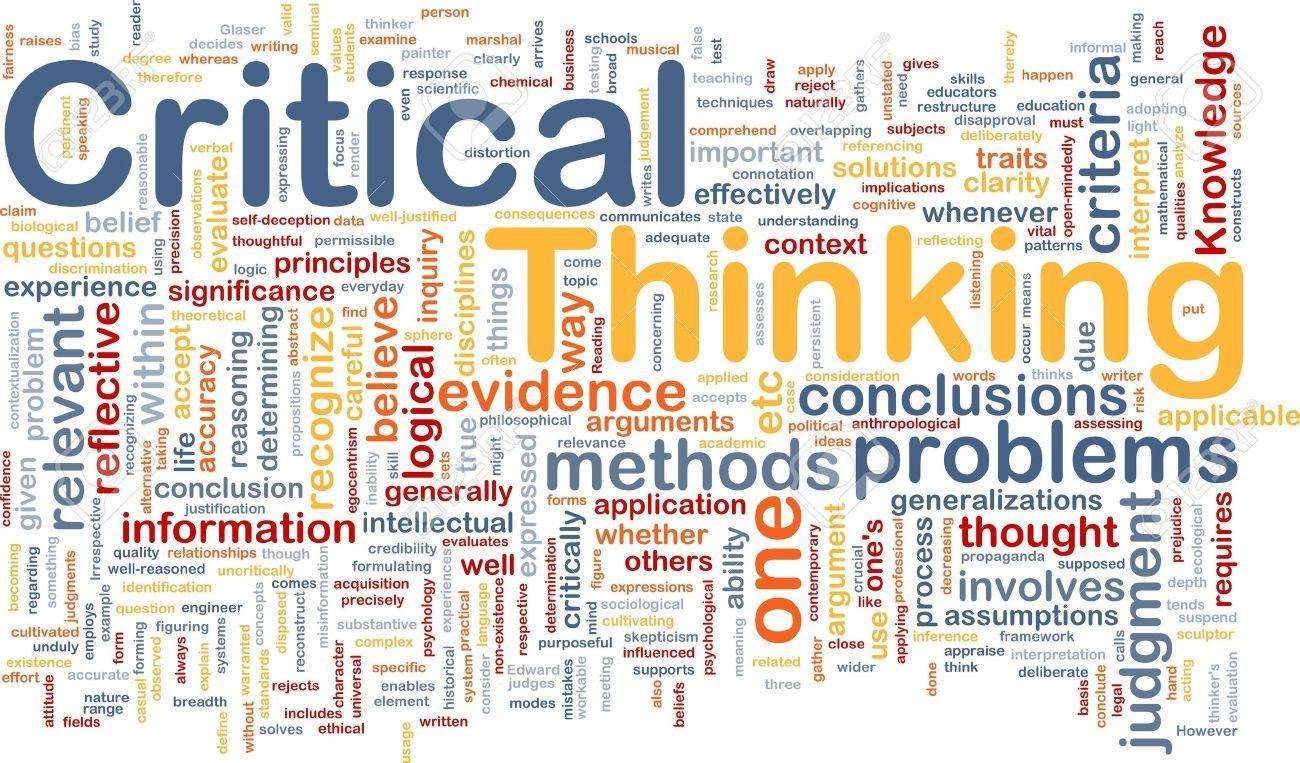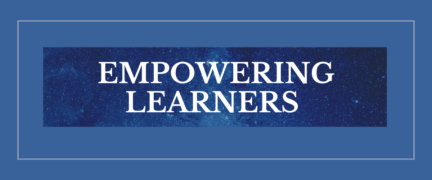
Using informational text for critical thinking in social studies is an effective way to engage students in analyzing and interpreting historical events, social issues, and cultural developments. Incorporating informational texts, such as articles, primary sources, maps, charts, and graphs, can enhance students’ critical thinking skills.
As a previous language arts and social studies teacher, I saw the benefit of bringing the two content areas together through text. Incorporating literacy skills into the social studies classroom is a valuable approach to enhance students’ critical thinking, analytical abilities, and overall understanding of historical and contemporary issues. Literacy in this context goes beyond simply reading and writing; it involves various skills such as analyzing primary and secondary sources, engaging in effective communication, and making well-reasoned arguments supported by evidence.
How do we make Social Studies engaging for students? Let me provide strategies to help your staff create meaningful lesson plans that will change the classroom environment.
- Analyze Multiple Perspectives
- Evaluate Credibility
- Identify Bias and Assumptions
- Draw Inferences and Conclusions
- Make Connections to Contemporary Issues
- Synthesize Information
- Analyze Cause-and-Effect Relationships
- Engage in Debates and Discussions
- Problem-Solving Scenarios
- Reflect on Historical Significance
- Utilize Maps and Data
- Analyze the significance of photos and music on history
By incorporating these strategies, educators can create a more engaging and effective social studies classroom that not only fosters historical knowledge but also strengthens students’ literacy skills for life-long learning and critical citizenship.


